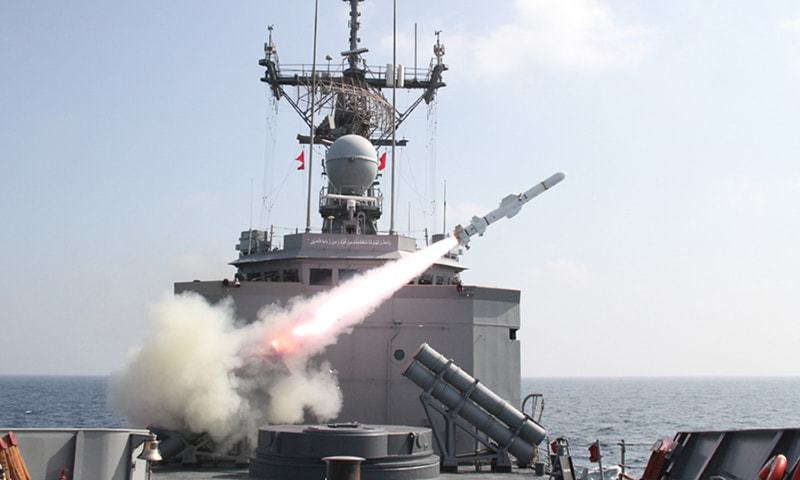Blue Marlin
SENIOR MEMBER

- Joined
- Jul 7, 2015
- Messages
- 6,688
- Reaction score
- 6
- Country
- Location
the story is stupid. pakistan allowed the US to inspect the missiles which is an unusual move but upon inspection they found that they was no modifications. also its worth noting that pakistan has access to missiles far more advanced than the harpoon so it made no sense in the first place.Jammer Bhai do you have the full story of the modification of Harpoon AsHM. I read earlier on, but don't have full story, like what they find or what was the reality.
"
Some experts are also skeptical of the American claims. Robert Hewson, editor of Jane’s Air-Launched Weapons, a yearbook and Web-based data service, said the Harpoon missile did not have the necessary range for a land-attack missile, which would lend credibility to Pakistani claims that they are developing their own new missile. Moreover, he said, Pakistan already has more modern land-attack missiles that it developed itself or acquired from China.
“They’re beyond the need to reverse-engineer old U.S. kit,” Mr. Hewson said in a telephone interview. “They’re more sophisticated than that.” Mr. Hewson said the ship-to-shore missile that Pakistan was testing was part of a concerted effort to develop an array of conventional missiles that could be fired from the air, land or sea to address India’s much more formidable conventional missile arsenal.
"
Last edited:









